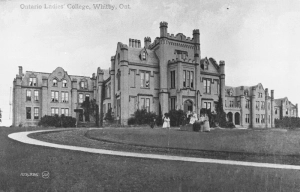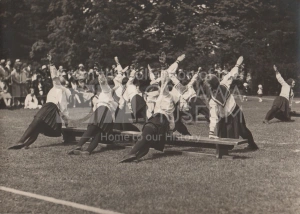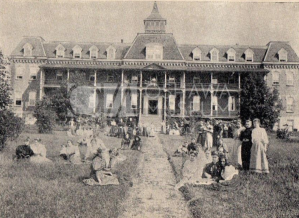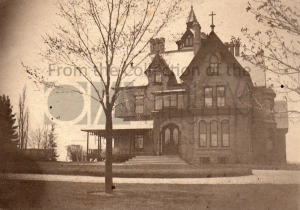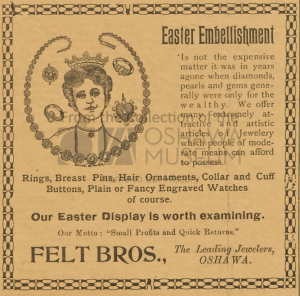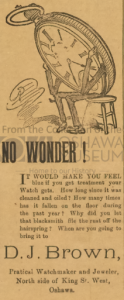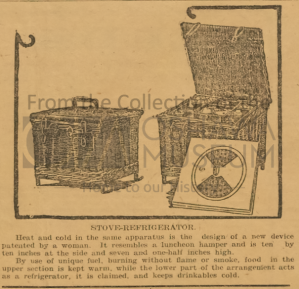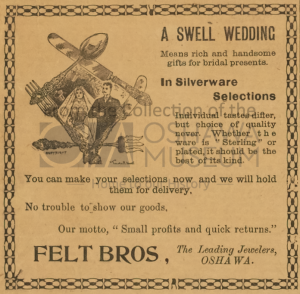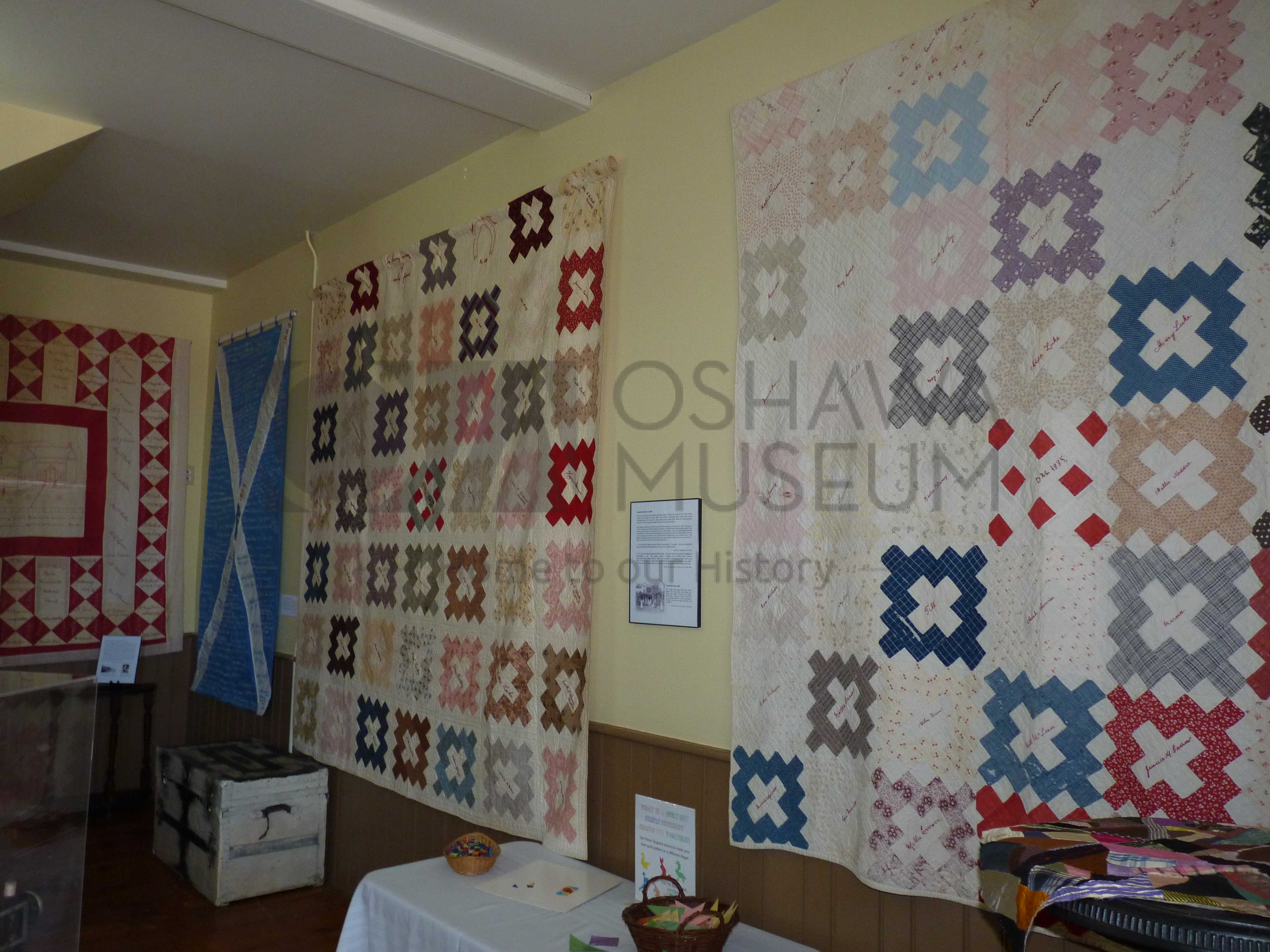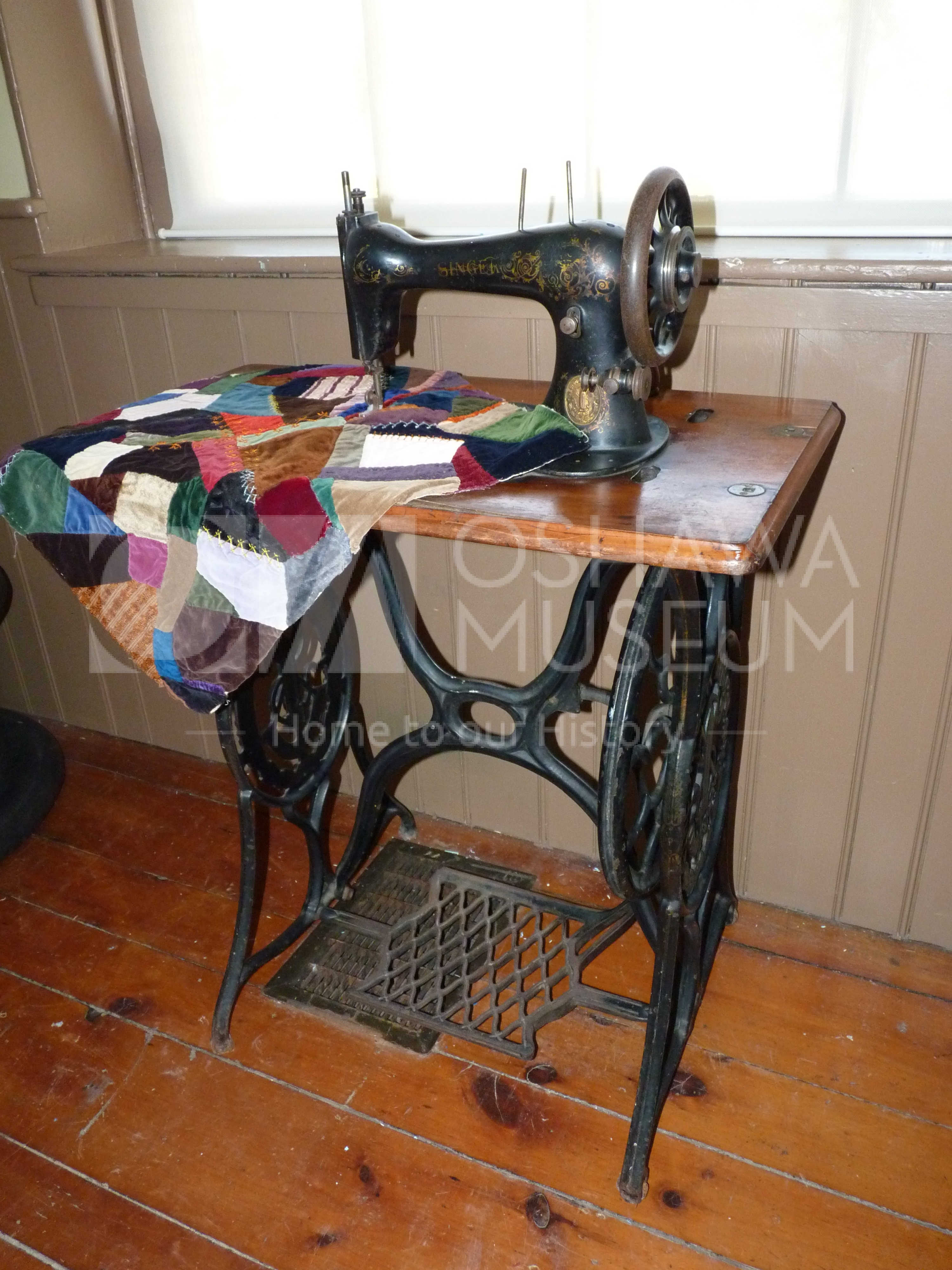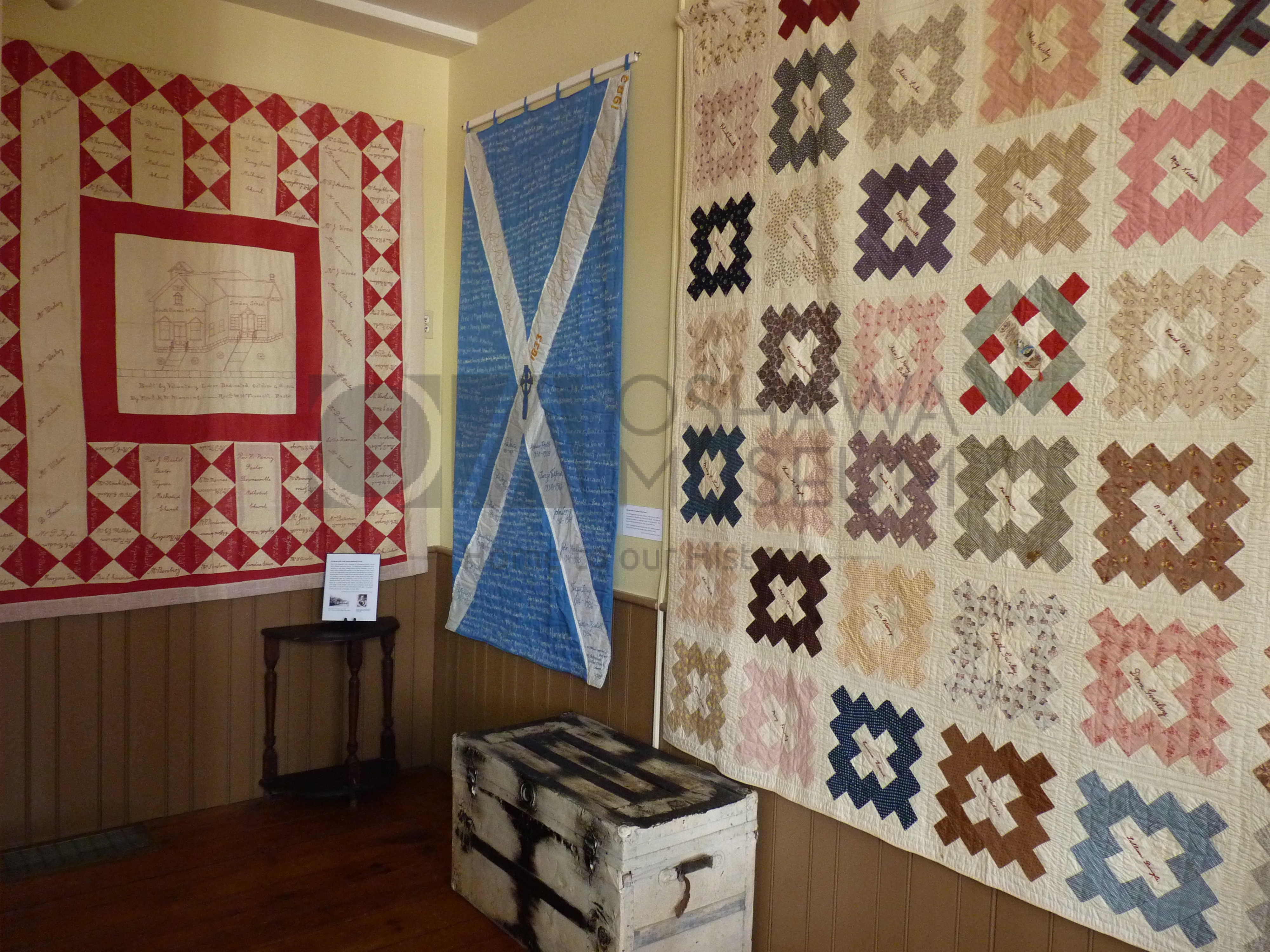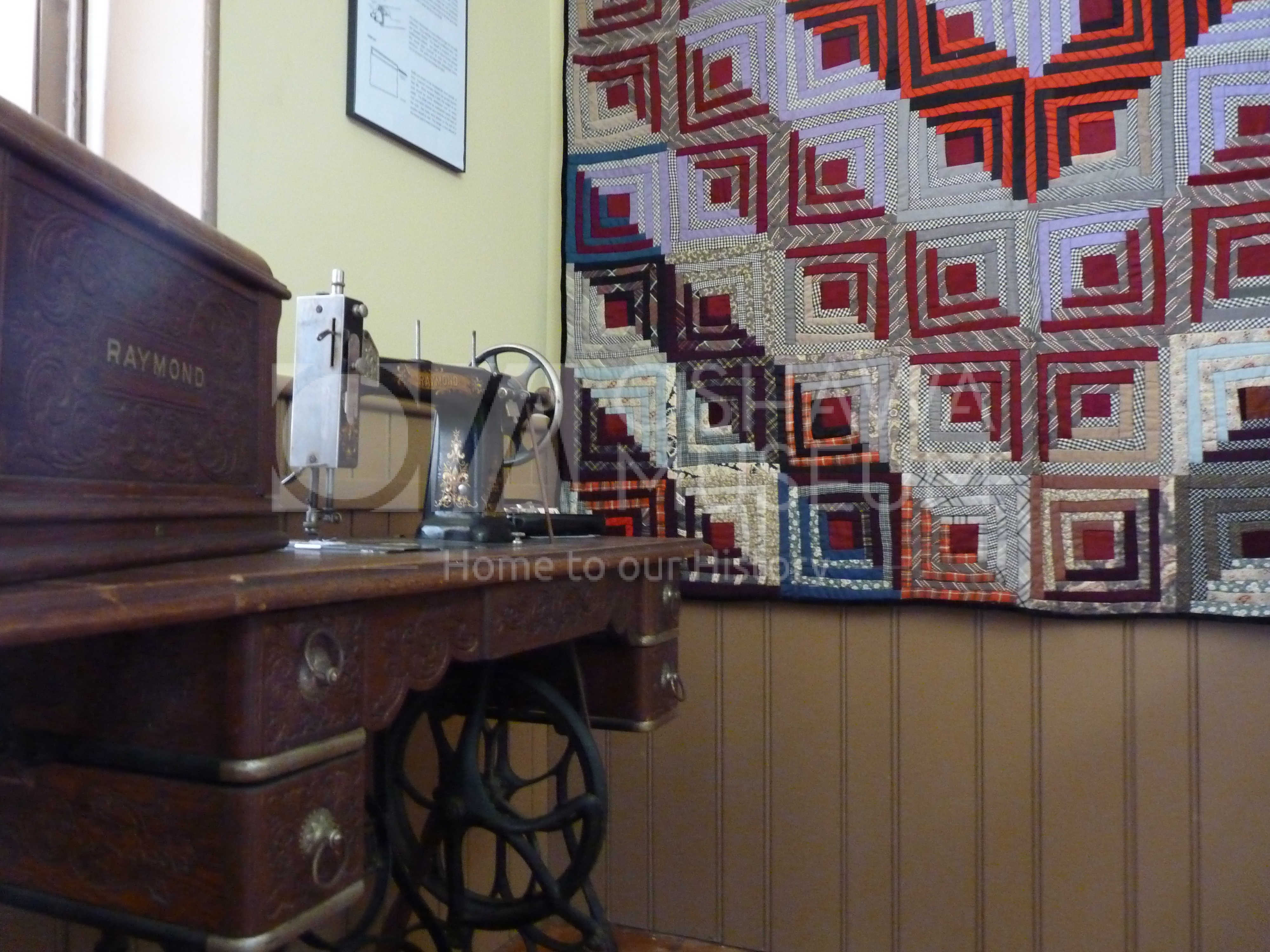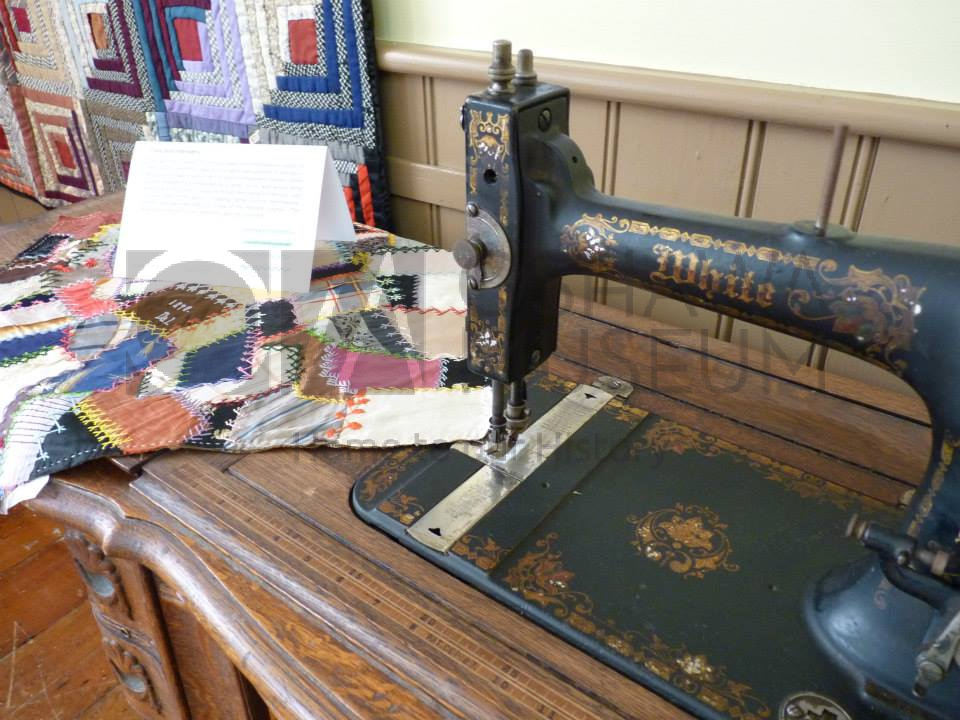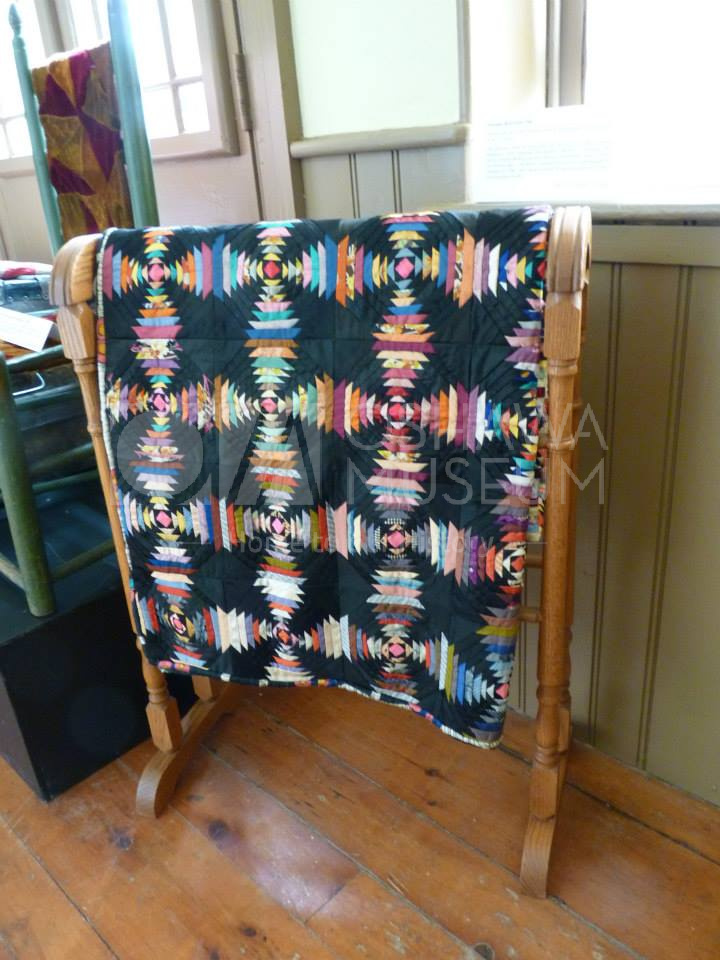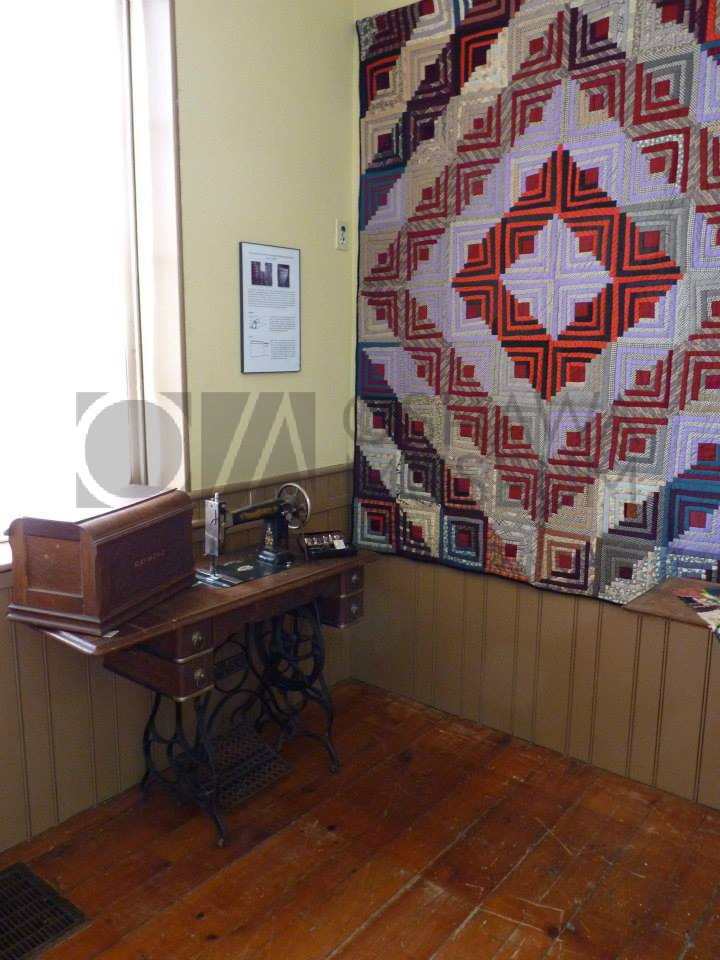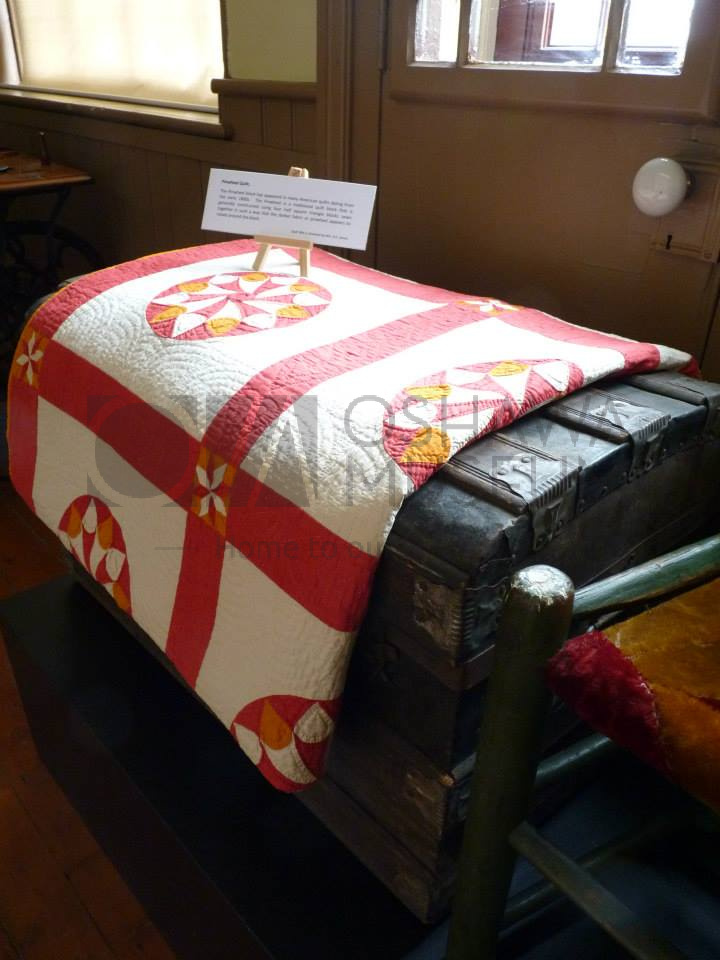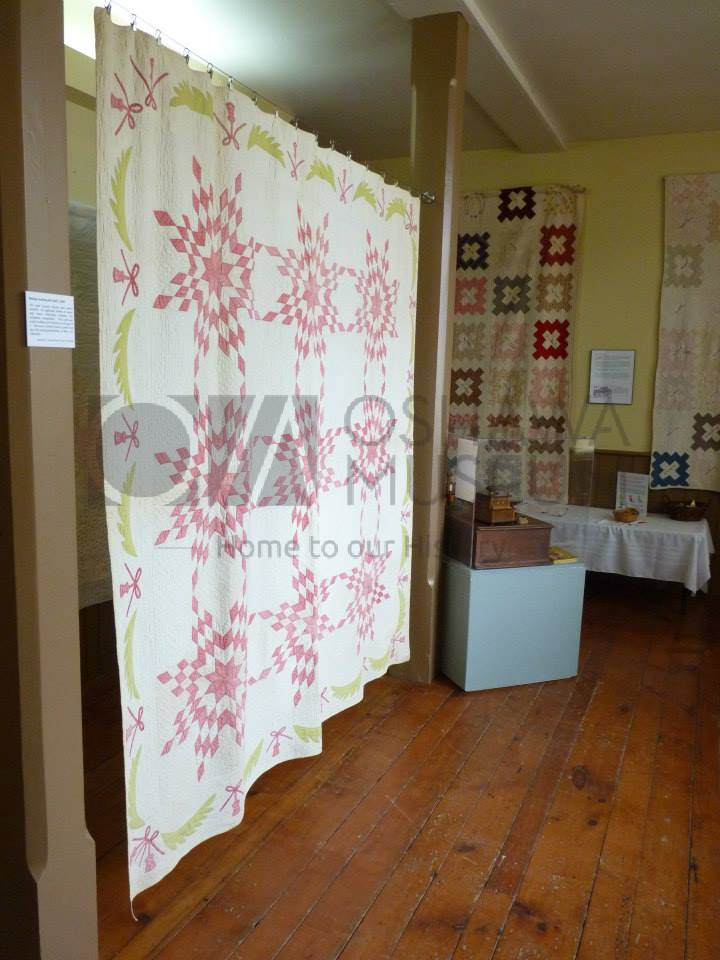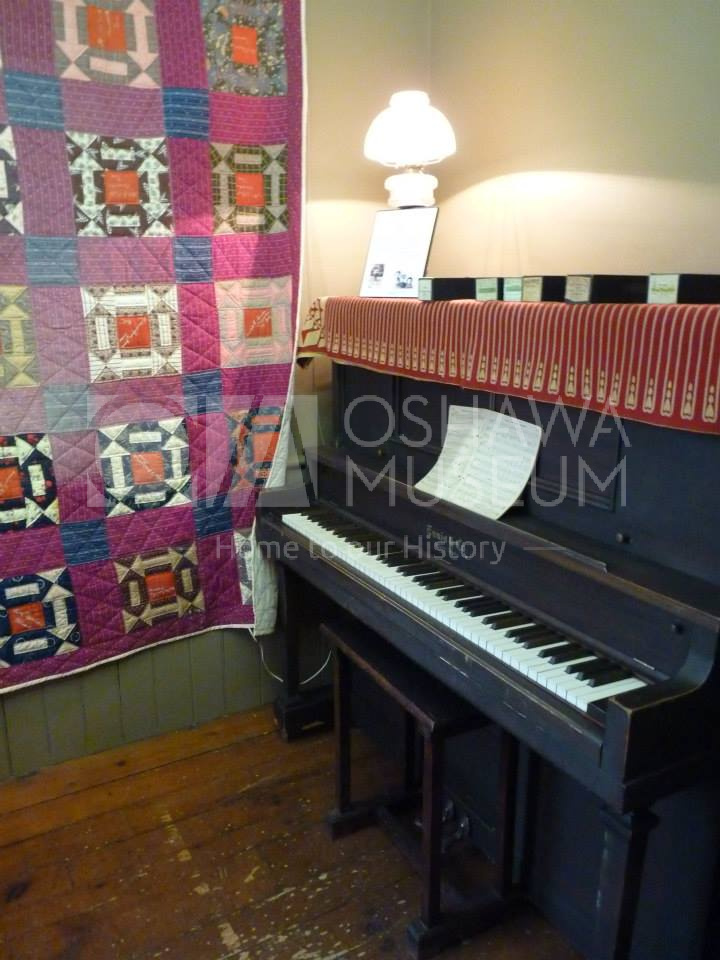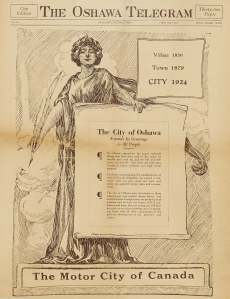By Lisa Terech, Community Engagement
This May, the Oshawa Museum is debuting a new Union Cemetery tour. Because Oshawa is celebrating 100 years of cityhood this year, the Oshawa Museum’s new cemetery tour is “1920s Oshawa,” featuring stories of significant people and events of that decade.
One person highlighted on the tour is Fire Chief Wes Elliott, appointed in 1928. With 27 years of service, he is Oshawa’s longest serving fire chief.
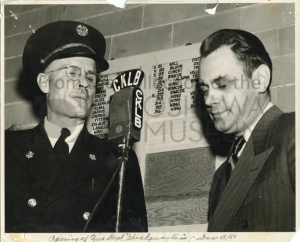
To learn more about Chief Elliott, I searched through the Globe and Mail‘s archive (if you have an Oshawa Library card, you can use this resource as well! I’ll add the link at the bottom of this post – just use your barcode to log in). It turns out that in 1930, the community of Harmony was plagued by a fire bug.
On October 9, 1930, the Globe reported that there were four overnight fires on October 7. The first call was to the barn of Mrs. A.C. Terwilligar, and this marked the third time fire fighters responded to a call at her property within two weeks. Call number 2 that night was to E.J. Black’s barn in Harmony. Finally, Calls 3 & 4 sent fire fighters to 230 Annis Street (southwest of Bloor and Ritson, ‘some four miles from the Black fire’). Mr. Semenchuk’s house was undergoing renovations and a fire started. Fire fighters returned when lumber in the back yard was found on fire, believed to have started from a spark of the house fire. Chief Elliott stated he believed all calls that evening were of incendiary origin, and Ontario’s Deputy Fire Marshal Seville was called in for an investigation.
Ten days later, the Globe reported that there was another mysterious fire, this time at the home of H. McKay on Windsor Street, ‘not far distant from the Terwilligar homestead at Harmony.’ The home was vacant with no apparent way for the fire to have originated accidentally. Elliott was ‘reticent to express an opinion as to the possible cause,’ but the Globe stated that with these recent fires, Oshawa residents were becoming alarmed.
On November 3, the Globe reported ‘Police Wait in Barn, Arrest Man Found on Arson Attempt.’ Overnight, on November 2, Mrs. Terwilligar’s barn had been attempted to be burned twice. Both times, neighbours saw and extinguished the flames. Chief Elliott was notified and, with Constable Thomas Mitchell, they went to the barn to ‘set up a patient vigil.’ Around 12:10am, Henry Wilson entered the barn and struck some matches. Elliott and Mitchell were waiting and placed him under arrest. Wilson entered the barn with two of his children, and they were taken to the children’s shelter upon their father’s arrest, and authorities stated they ‘may appear in the juvenile court.’
Wilson was charged with the one case in which he was caught red-handed. The Globe reported that “it has not yet been decided whether charges of arson will be laid against him in connection with the other fires in Harmony.”
To learn more about Fire Chief Elliott and other influential people and events of the 1920s, please join us for the Union Cemetery Tour, May 4, 2pm. This event is offered for free as a Jane’s Walk / Doors Open Oshawa event (although donations will be kindly accepted).
Sources:
“Series Of Blazes In Oshawa District Thought Incendiary,” The Globe, Oct 9, 1930, pg. 14.
“Public Inquiry May Follow Fires Around Oshawa,” The Globe, Oct 10, 1930, pg. 14.
“Oshawa District Now Alarmed By Another Mysterious Fire,” The Globe, Oct 18, 1930, pg. 13.
“Police Waiting Barn, Arrest Man Found On Arson Attempt,” The Globe, Nov 3, 1930, pg. 13.
If you have an Oshawa Library card, you can access the Globe & Mail’s historical archives via ProQuest. All you need is your library card barcode: https://www.proquest.com/hnpglobeandmail/historicalnews/fromDatabasesLayer/barcode?accountid=31264&groupid=79467

